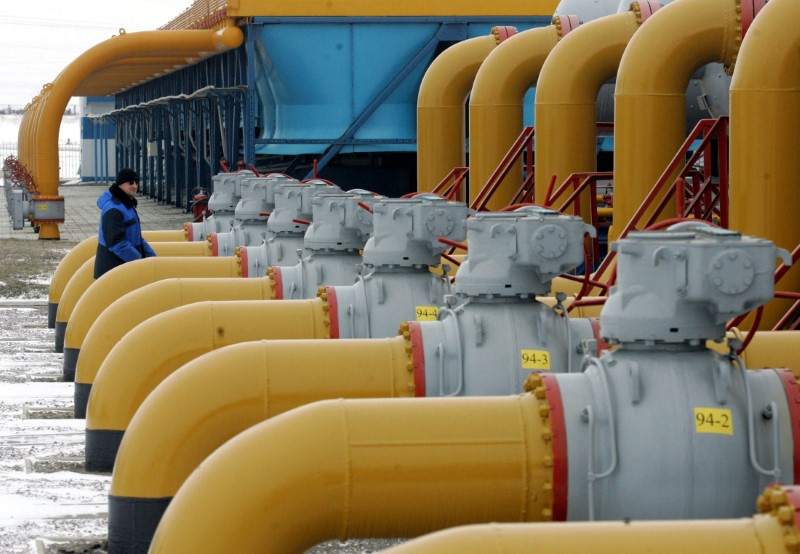Russia is still pumping natural gas to Europe via the war zone in Ukraine. WHY? WHERE DOES THE PIPE GO?
The Soviet-era Urengoy-Pomary-Uzhgorod pipeline channels gas from western Siberia through Russia’s Kursk region, crossing into Ukraine before heading towards Slovakia. The gas then splits to reach the Czech Republic and Austria, with Hungary, Slovakia, and Austria as the main buyers. In 2023, about 14.65 billion cubic meters (bcm) of gas flowed through Sudzha, accounting for half of Russia’s gas exports to Europe. EU gas consumption fell to 295 bcm that year.
Sudzha, near intense Ukrainian-Russian battles, hosts a critical Gazprom metering point. Russia continues to supply gas via Ukraine despite the ongoing conflict, driven by financial and historical reasons. Russia’s gas deliveries to Europe have plummeted from 63.8 bcm in 2022 to 28.3 bcm last year, following the unexplained Nord Stream pipeline attacks. Despite Europe’s shift towards liquefied natural gas (LNG) and other suppliers, Russia remains a key player in the gas market.
The current gas transit agreement between Russia and Ukraine, which expires at the end of 2024, may not be renewed as Kyiv has expressed no interest in extending it. The Turkstream pipeline under the Black Sea is the only alternative route to Europe.










